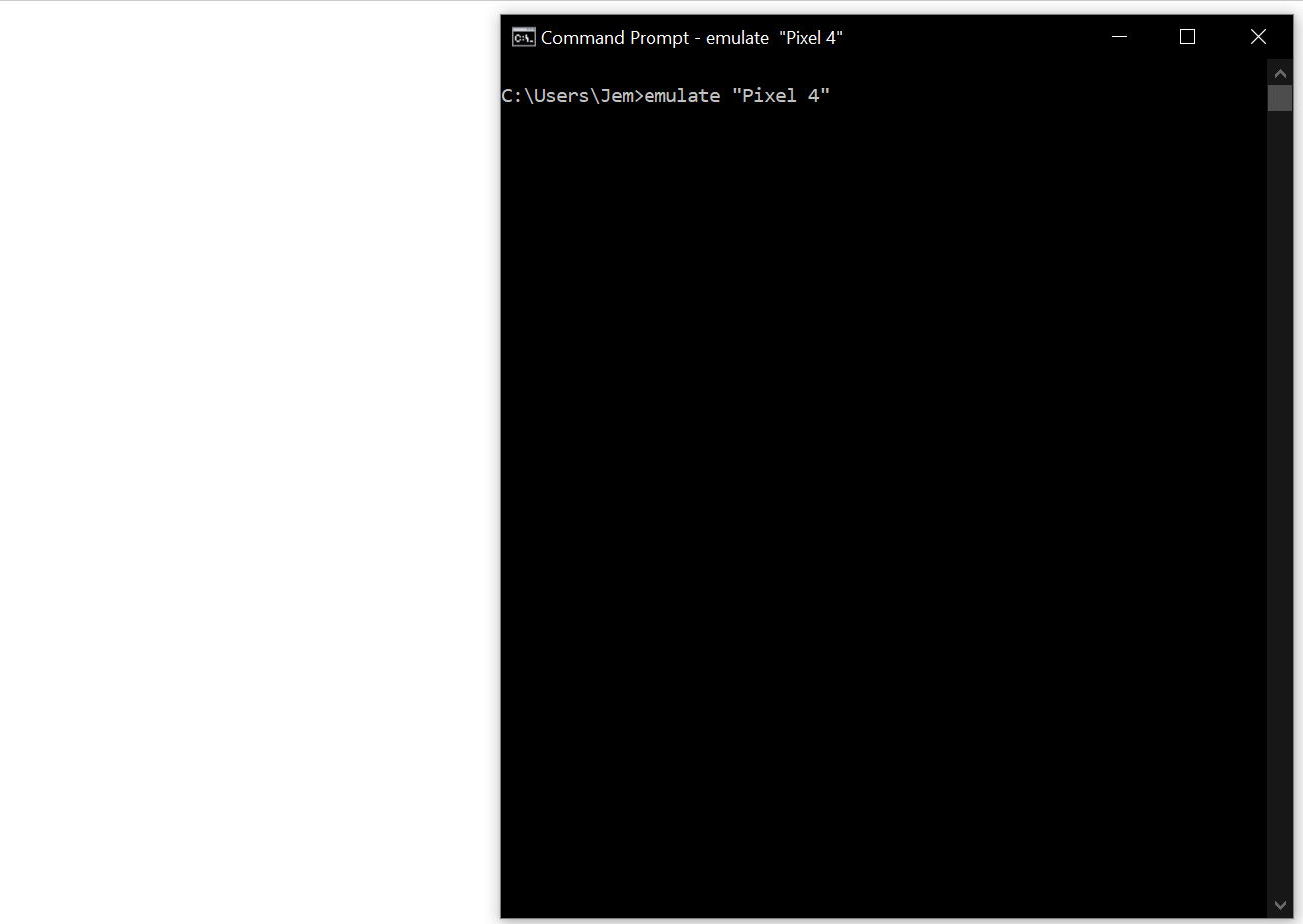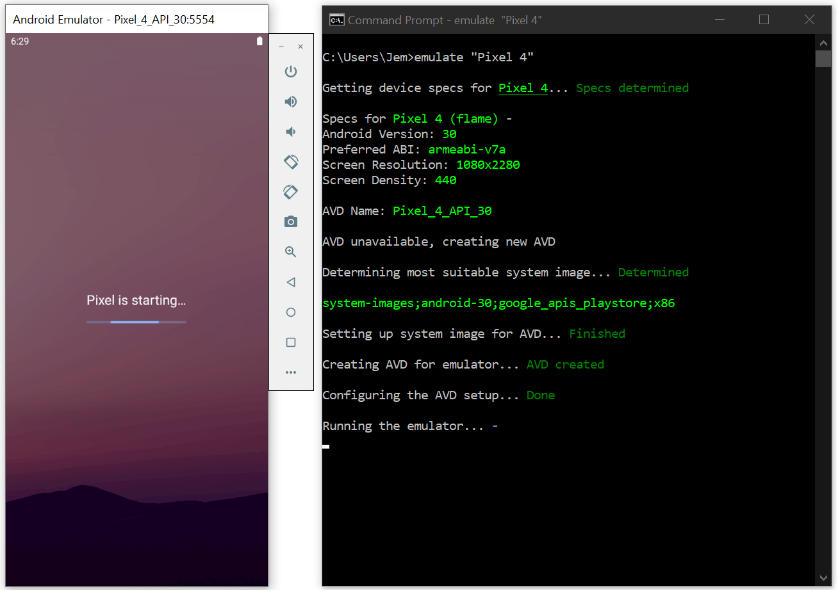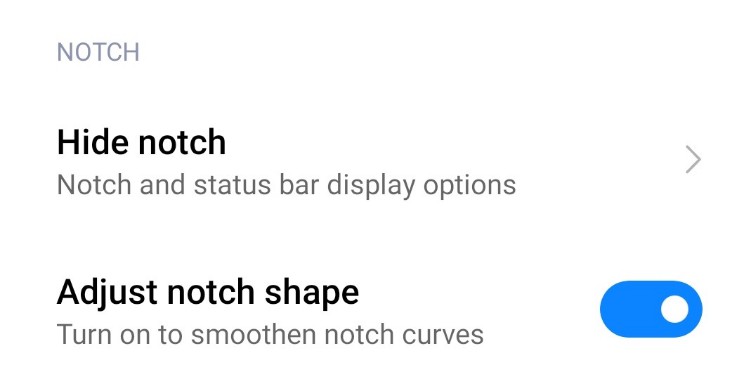EasyAndroidEmulator
Create and run android emulators in a quick & easy manner with just device name/model. Use the various flags to customize the emulator as per your requirements.

Setting up the dependency
Install using npm
sdkmanager, avdmanager & emulator need to be accessible via command line
Refer to Setup tutorial article if needed.
Usage
Just call emulate to emulate the default device
Pass in Device Name or Model as the argument to emulate specific device
Details of the device are automatically fetched, but if needed, they can be customized using the appropriate flags.
Flags
| Flag | Description |
|---|---|
| -h, --help | show CLI help |
| --version | show CLI version |
| -v, --verbose | show verbose logs |
| -n, --name | name of the AVD to be (created &) used |
| -p, --persist | persist the created avd (makes it faster for subsequent runs) |
| -f, --force | force recreation of the emulator avd |
| --android | set the android API level for the AVD (Use along with -f flag if AVD already exists) |
| --abi | set the preferred ABI for the AVD (Use along with -f flag if AVD already exists) |
| -r, --resolution | set the resolution of the AVD (Use along with -f flag if AVD already exists). Eg: -r 1080x2160 |
| -d, --density | set the density of the AVD (Use along with -f flag if AVD already exists). Eg: -d 440 |
Examples
- Create emulator with Samsung Galaxy M51 Specs, but with 800x1280 resolution & 240 density, which is persisted for future reuse.
- Create emulator with Pixel 4 Specs, but with android API 25 and x86_64 ABI. (With verbose logs)





